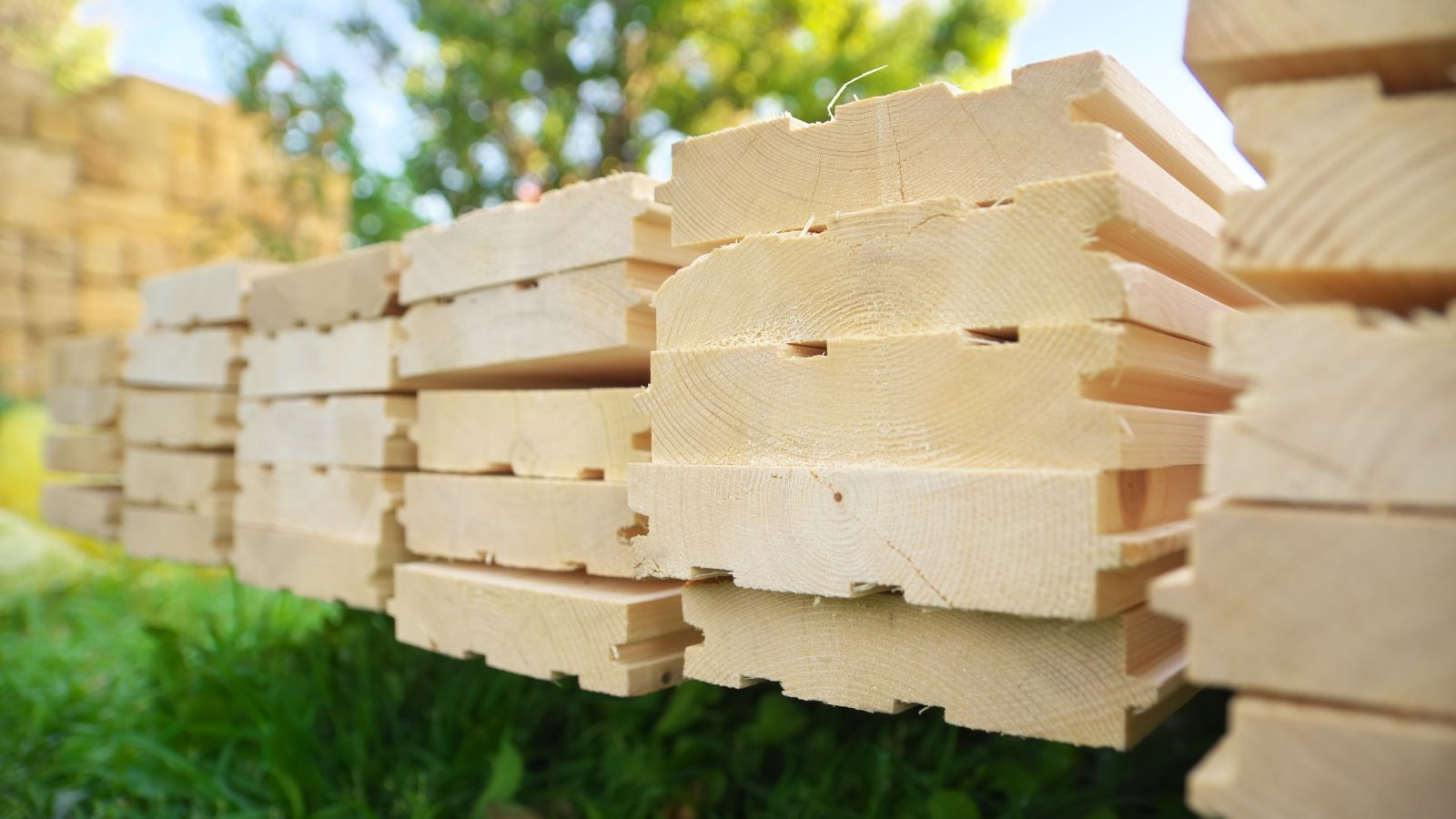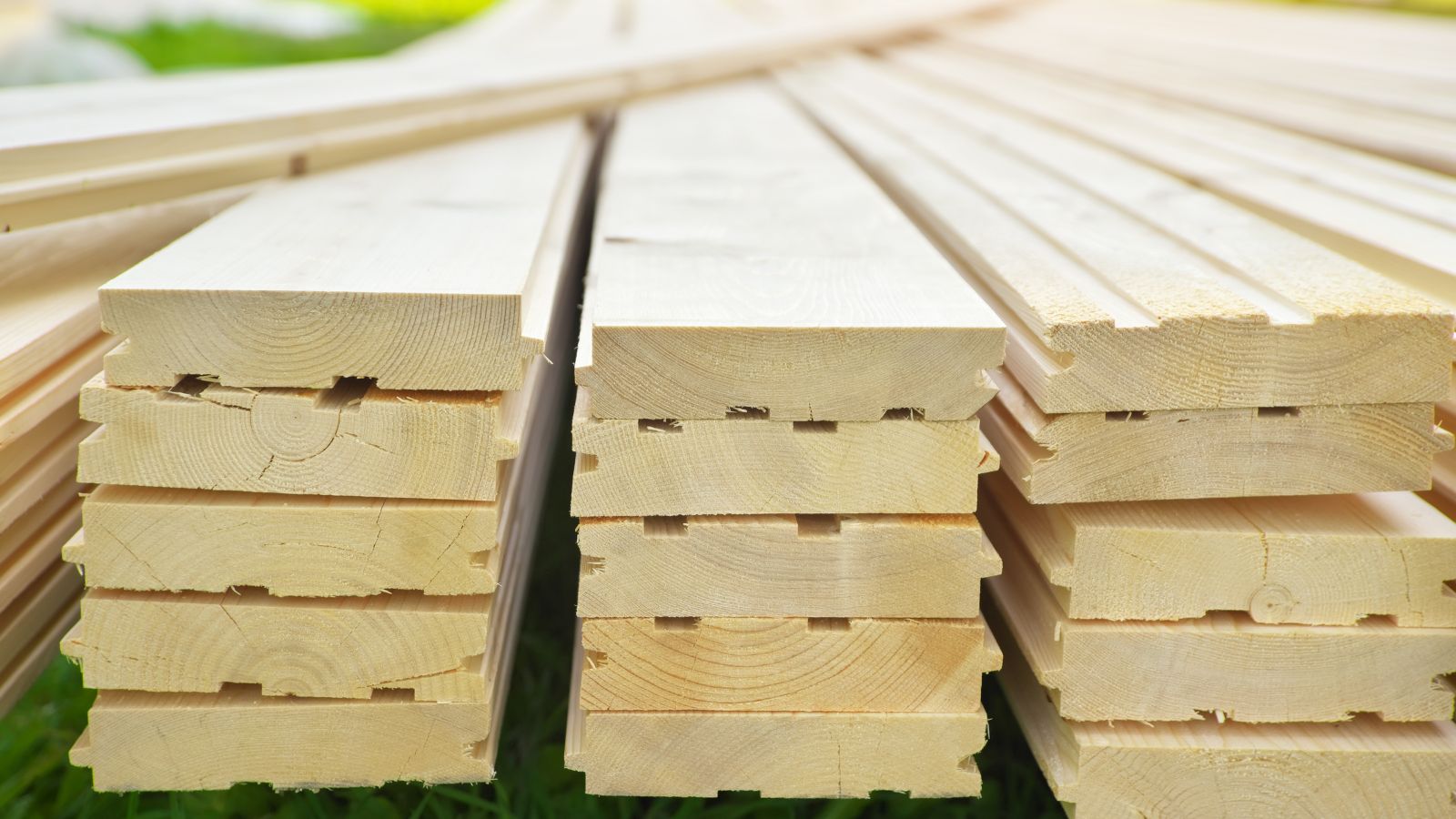In this article, we explore the enduring charm and practicality of capped fences, specifically focusing on the use of treated tongue and groove boards. Whether you’re a DIY enthusiast or a professional looking to enhance your skills, this guide provides step-by-step instructions on selecting the right materials, preparing your fence posts, and assembling a fence that is not only aesthetically pleasing but also robust and long-lasting. Join us as we delve into the art of building a fence that blends traditional style with modern durability.
Benefits of Tongue and Groove Boards for Capped Fences
Enhanced stability and strength
The interlocking design of tongue and groove boards not only creates a seamless appearance but also ensures that the fence is more resistant to external forces such as wind and impact.
Increased privacy
The seamless interlocking design of the boards eliminates gaps, providing a solid and secure barrier that significantly reduces visibility from both sides of the fence.
Aesthetic appeal
Tongue and groove boards produce a clean, polished look that elevates the overall visual impact of a fence.
Weather resistance
The snug fit of the interlocking design creates a barrier against moisture, preventing warping, rotting, and decay.
Versatility in design
Tongue and groove boards allow for endless creative possibilities, whether you prefer a traditional look or a more modern aesthetic.
Reduced maintenance
Tongue and groove boards significantly reduce the need for ongoing repairs and upkeep, saving homeowners both time and money in the long run.
Materials Needed
Firstly, the most crucial material is the tongue and groove boards themselves, which are made of wood like cedar, pine, or redwood. Additionally, you will need sturdy fence posts to support the structure, along with concrete mix for secure installation.
In addition, don’t underestimate the importance of quality nails and screws to fasten the boards securely in place. A good quality post cap will not only add a decorative element but also protect the fence posts from weathering over time. Lastly, finishing touches like wood stain or paint add longevity to a classic capped fence.
Planning and Design
Fence height
When it comes to planning and designing a classic capped fence with tongue and groove boards, one of the crucial decisions is determining the fence height. Fence height is important for not only defining the boundaries of your property but also in creating privacy and security. A taller fence can provide an added sense of privacy and security, while a shorter fence can maintain an open and welcoming feel to your property.
Consider the surrounding landscape and architecture when deciding on the appropriate fence height. A taller fence may block desirable views or overshadow smaller buildings, while a shorter fence could be insufficient for maintaining privacy or keeping out unwanted elements.
Additionally, local regulations and homeowner association guidelines often dictate maximum allowable heights for fences, so be sure to consult these before finalising your decision. Ultimately, balancing functionality, aesthetics, and compliance is key to achieving an ideal fence height that complements your overall design vision.
Layout
The layout determines not only the visual appeal of the fence but also its functionality and strength.
Here are some tips to consider:
- Create an eye-catching layout by alternating between wide and narrow boards, or between different shades of wood, to add visual interest.
- Experiment with different patterns such as horizontal, diagonal, or even herringbone layouts to bring a unique touch to your fenced area.
- Carefully consider the placement of each board, so you can create an elegant rhythm that enhances the overall aesthetic while ensuring structural integrity.
Measurements
A successful construction project starts with accurate measurements. Precision in measuring the height and width of each board ensures a seamless and polished end result.
- Carefully measure the distance between posts to guarantee uniformity and stability throughout the fence.
- Take the time to double-check measurements to prevent costly mistakes and ensure a professional finish.
- Incorporate innovative measuring tools such as laser levels and digital angle finders to streamline the construction process and enhance accuracy.
Installing the Posts
To start, carefully measure and mark the positions for the posts, ensuring they are evenly spaced and aligned. Then, dig holes for each post, making sure they are deep enough to provide stability and support for the entire fence structure. Once the holes are dug, insert the posts and use a level to ensure that they’re upright before filling the holes with concrete or gravel mix.
Attaching Boards
When it comes to creating a classic capped fence with tongue and groove boards, the assembly process is key to achieving a seamless and professional look.
- Ensure a snug fit between each board. Using a rubber mallet, tap the boards so that the tongues and grooves interlock securely.
- Pre-drill pilot holes before screwing or nailing the boards together. It keeps the wood from splitting or cracking, especially near the edges.
- Applying a small amount of wood glue along the joints can further strengthen the bond between the boards, creating a more durable and stable fence structure.
Finishing Touches
Once the tongue and groove boards are securely fastened, add the finishing touches that will elevate your fence to a classic masterpiece. Trimming the edges with precision is crucial for a polished look, ensuring a uniform, seamless appearance that complements the overall design.
Applying paint or stain is where you can truly customise your capped fence to suit your personal style and enhance its durability. A fresh coat of paint can add a pop of colour and vibrancy to your outdoor space while protecting the wood from weathering.
On the other hand, opting for a rich stain can accentuate natural wood grain and textures, lending an elegant, rustic charm to your fence.
Enjoy Your Classic Capped Fence
When tackling picket fence projects or any other garden project, selecting the right wood is crucial, and this is where Enterprise Works comes in. We understand that quality timber is the foundation of a lasting and beautiful fence. What sets us apart is not just the quality of our timber but the meticulous pressure treatment each piece undergoes. Contact Enterprise Works now for quality timber products that stand the test of time—because your project deserves nothing less.




